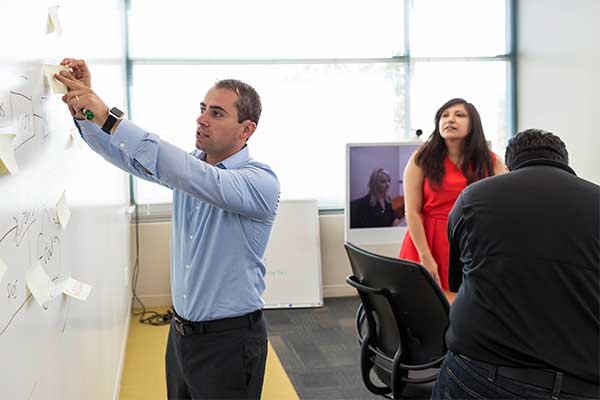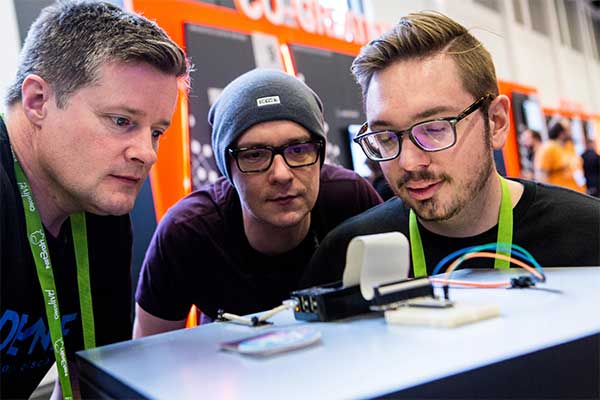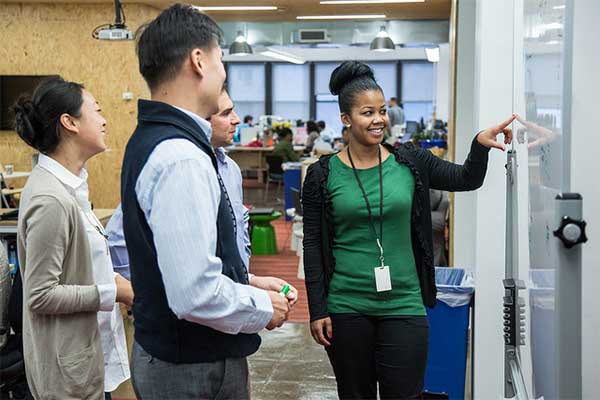In today’s hyper-connected world, it is easier than ever before to access information at the press of a button. But how often do we stop to think about how we process that information? Whether we have analyzed it objectively, or from multiple perspectives. Or to what extent our own bias has influenced the way that we think.
When was the last time you questioned something that you found on the Internet? When did you last ask yourself how reliable a source might be? Or how accurate the information?
These skills – the ability to think critically – are essential to making reasoned arguments that are logical and well thought out.
Critical thinking is an attitude – one that involves questioning ideas and conclusions – that means you explore information without simply accepting it. And as a technologist, it is a skill set you need to prioritize.
What is Critical Thinking?
In its essence, critical thinking might be described as an attitude that asks the questions:
- How do you know that?
- Are you sure?
- Ok, but are there other answers, solutions or possibilities you have not considered yet?
People who think critically are those who:
- Observe
- Interpret
- Analyze
- Infer
- Evaluate
- Communicate ideas
Or put it another way, critical thinking is a deliberative thought process; one that involves:
- Suspending your own judgement
- Considering different points of view
- Examining implications or consequences
- Deploying reason, logic and evidence to resolve problems
- And re-assessing an idea or point of view if new information comes to light
Simply put, critical thinking is about seeing the big picture. Assuming you are considering starting or accelerating a career in technology, you are going to want to develop your capacity to solve problems.
Critical Thinking for Problem-Solving
Solving problems in one form or another is actually something that we do pretty much every day. From figuring out the best route to work, to finding a solution to a highly complex scenario with important clients, to making a decision about where you want to take your career, identifying the best way to resolve a problem or a situation, hinges of identifying as many choices as possible based on the information available.
And arriving at the right choice is contingent on building and deploying the right analytical skills.
What constitutes a good choice?
Start by looking at what does not constitute a good choice or decision. A bad decision could be categorized as a choice you make without understanding everything you need to know about the advantages and disadvantages of each option – or even whether all the real options have been taken into consideration. Put simply, it is when you do not know how good or bad your information is.
A good choice is one based on a high quality and quantity of information. It is based on a methodical analysis of the available information. And on sound reasoning. Sound decisions are never predicated on luck. They are the product of well-informed risk-taking, utilizing all the data available – and knowing what you do not know, and making a choice in the light of this knowledge.
Good decisions are based on critical thinking.
3 Steps to Practice Critical Thinking
Step 1: Take five minutes to do a web search on a topic of your choice. It does not matter what it is, it can be anything, few examples are: how to write a top notch resume; study tips for CCNA; or what does being agile mean?
Step 2: Now analyze your search results. Ask yourself some key questions.
-
Which results come from reliable sources?
-
Which ones answer your question best?
-
Who is the author? What bias might he or she have?
-
Should you get all your information from one source?
-
Have you searched in multiple sources?
-
How well – or poorly – is the information explained?
Step 3: Next review the sites you have found. Which of these would you recommend to a friend? Try ranking 10 results in order in terms of how they best answer your search. Does your ranking match how Google delivered your results?
You can take these steps further and apply this technique to your daily routine. It is a great idea to incorporate critical thinking into basic decision-making activities. Start off simple by analyzing your best route to work or class, the best choice of breakfast based on your needs or constraints.
Apply critical thinking to every-day activities and you will find yourself becoming naturally more analytical. And more objective in your analysis.


